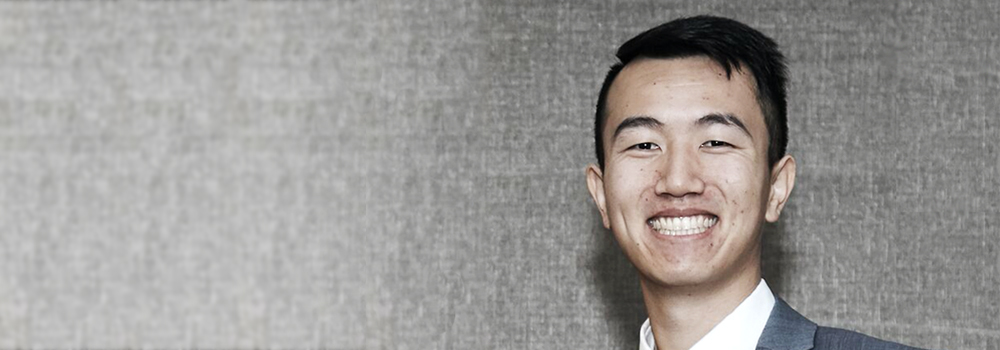
Q&A with Assistant Professor Yuzhang Li
Yuzhang Li, an assistant professor of chemical and biomolecular engineering at the UCLA Samueli School of Engineering, has been named to Forbes’ 30-Under-30 2021 list for science in recognition of his research on developing safer next-generation batteries.
In this interview, Li discussed his latest research focus and shared his thoughts on creating a community oasis to address sustainability challenges in Los Angeles.
We expect the community oasis to address energy insecurity in underserved communities and enable sustainable, cheap and reliable energy.
Q: You competed in the Sandpit this month, where you pitched a novel idea to address some of the greatest sustainability challenges in Los Angeles. Can you describe your contribution to the project and how it will meet some of LA’s sustainability challenges?
A: We pitched the concept and realization of a “community oasis” in every neighborhood in LA, where residents can charge or borrow a zero emissions transport mode (such as e-bikes or scooters), use free Wi-Fi, grow or buy freshly grown fruits and vegetables, as well as find shelter, safety, resources and services in an earthquake, power outage, drought or pandemic. The dual functionality of the community oasis as a resilience hub and a sustainability center will feature a microgrid to enable carbon-free energy generation and storage — a system that I will be responsible for designing and selecting. We expect the community oasis to address energy insecurity in underserved communities and enable sustainable, cheap and reliable energy.
Q: Your research involves many different disciplines, including chemistry, materials and chemical engineering, and physics. In addition to your Sandpit pitch, what are some of the research projects that you are focusing on for this year?
A: The two major directions of my research group are at the intersection of chemistry, engineering and physics. We strive to make novel materials that can achieve step-function changes in performance while developing advanced tools to help us understand how and why materials work. In particular, my group is currently pioneering cryogenic-electron microscopy (a Nobel-prize winning technique typically used by biologists) towards battery research, enabling atomic-level insights to high-energy battery materials previously unknown to the battery community. Simultaneously, we are pursuing materials capable of enabling extreme fast charging. If successful, these projects would result in novel battery chemistries that last longer, are safer and can quickly be recharged.
Q: How do undergraduate and graduate students fit into these research projects?
A: Graduate students are the real heroes driving the research behind these projects. The Principal Investigator (PI) often sets the vision and research direction, but the graduate students at UCLA have the determination and ingenuity to execute and solve problems that the PI cannot foresee. Undergraduate students contribute in a supporting role, but some will even take independent projects that they can take ownership of — something that I encourage in my own lab.
Q: How will your research be translated into new technologies?
A: The new technologies my research pursues are long-lasting batteries that are intrinsically safe and able to be charged quickly. This would accelerate our transition from internal combustion engine vehicles to electric vehicles, as well as enable grid-scale energy storage to facilitate renewable energy from solar and wind.
Q: How has discretionary funding through donor gifts enabled you to further your research at UCLA?
A: As a young faculty, acquiring funding is always a top priority. With the startup package the Chemical and Biomolecular Engineering Department has provided me, I have been able to hire graduate students and build up equipment to establish a working research lab. Without this financial support, doing research would not be possible. Future donor gifts would be invaluable to my research, as it would provide support for graduate students/postdocs while also allowing for the translation of technologies from the lab to a real commercial product.
